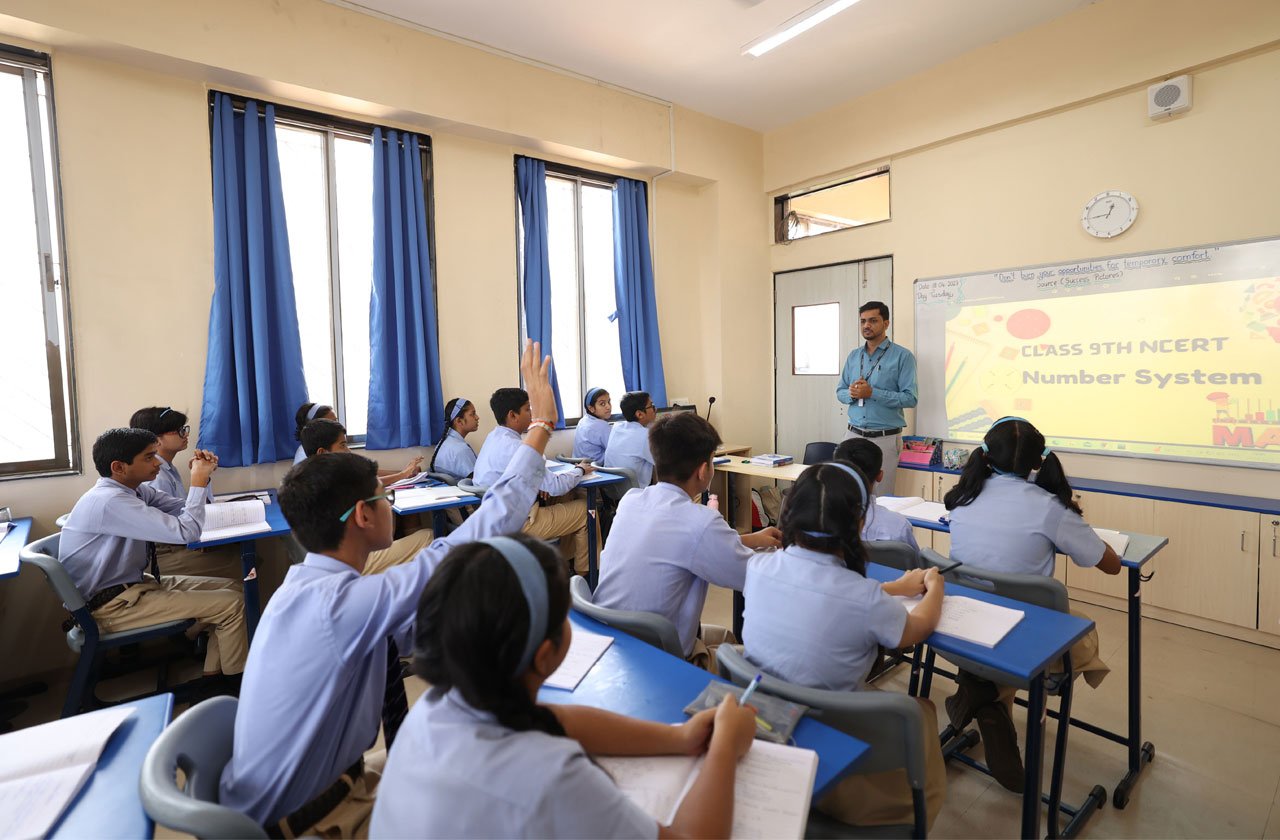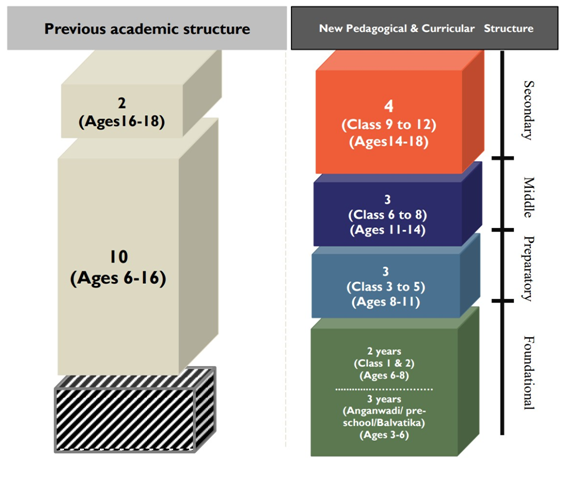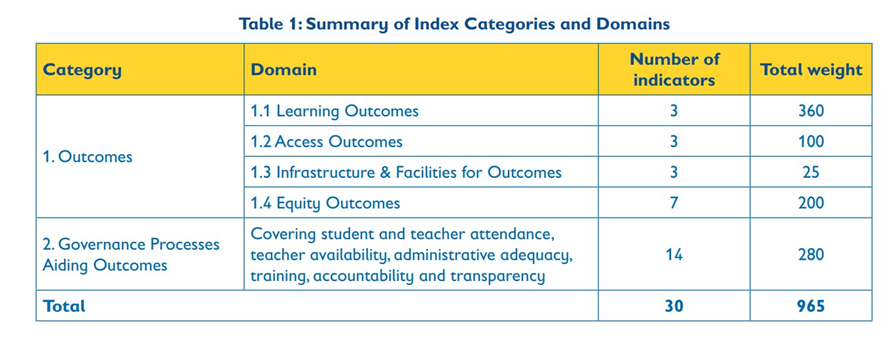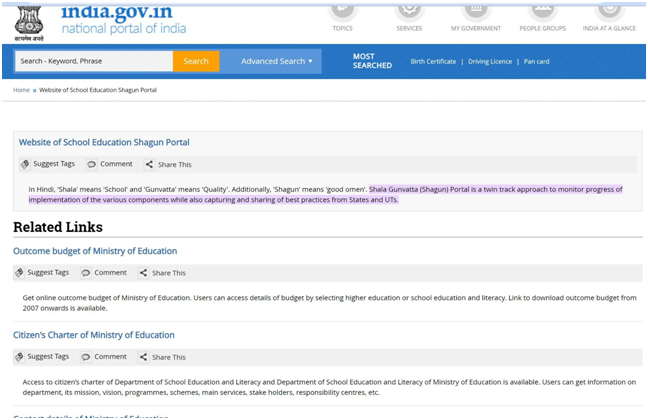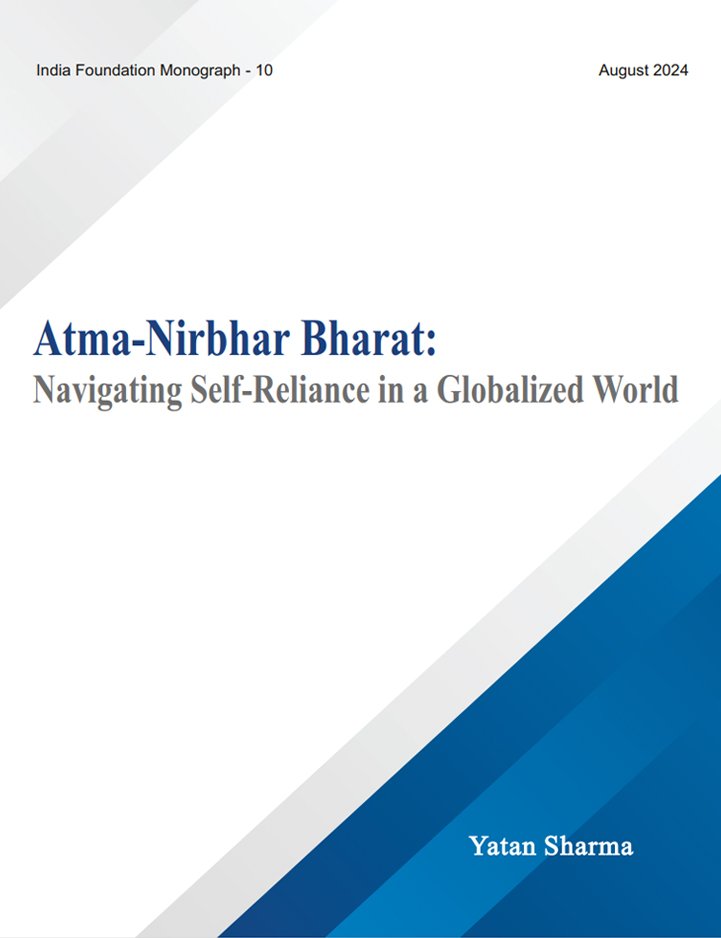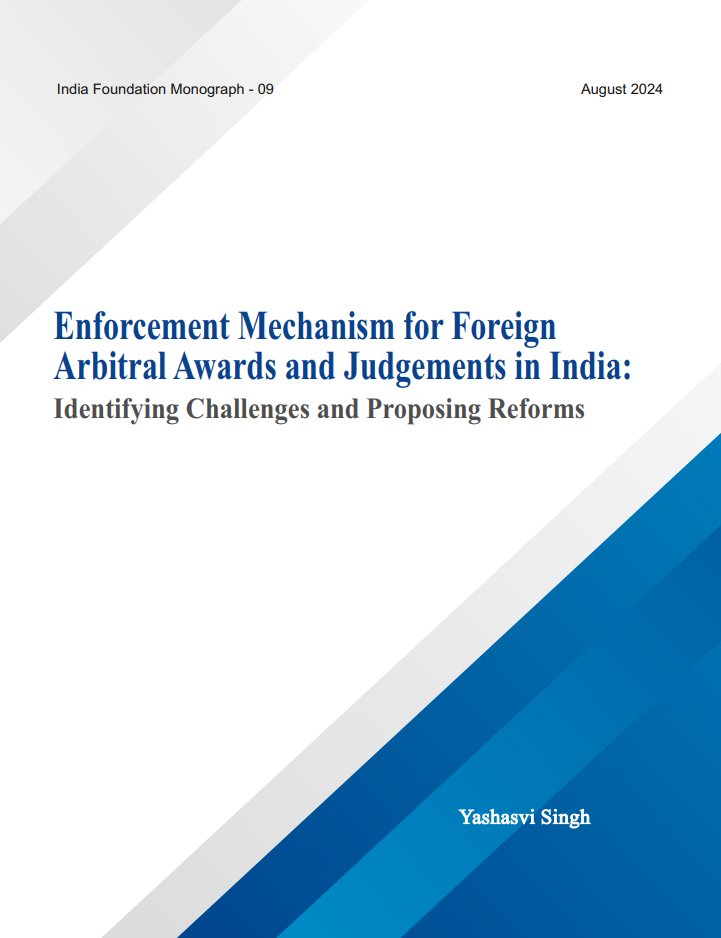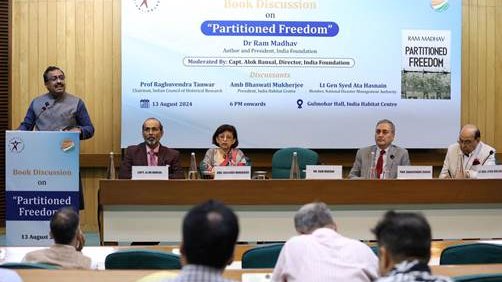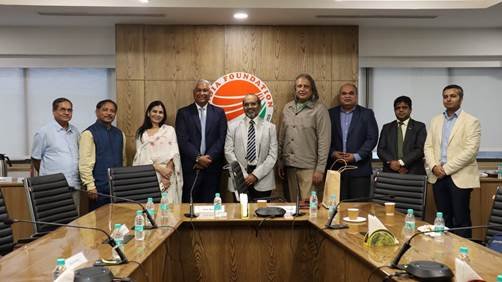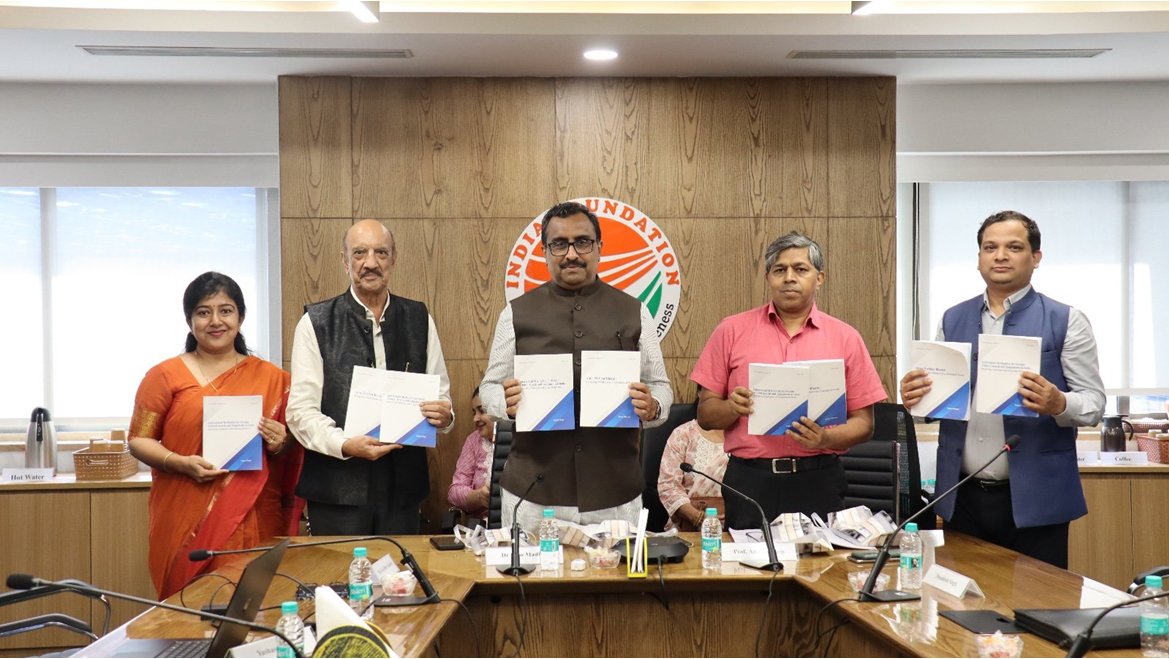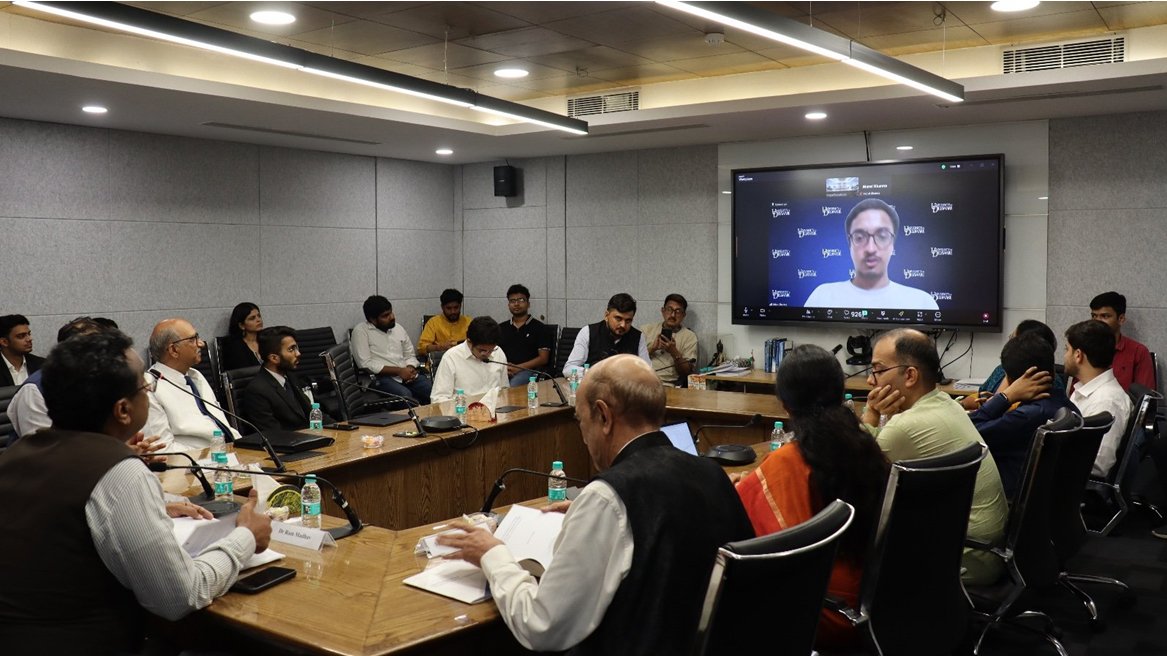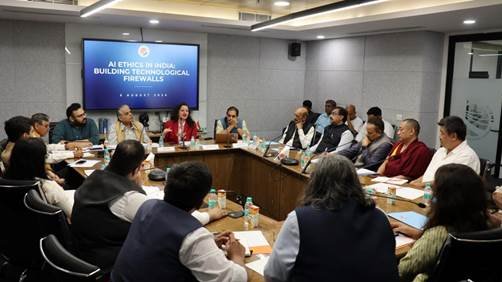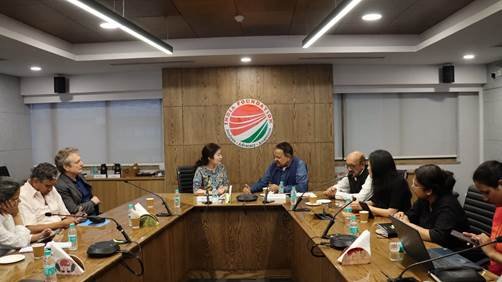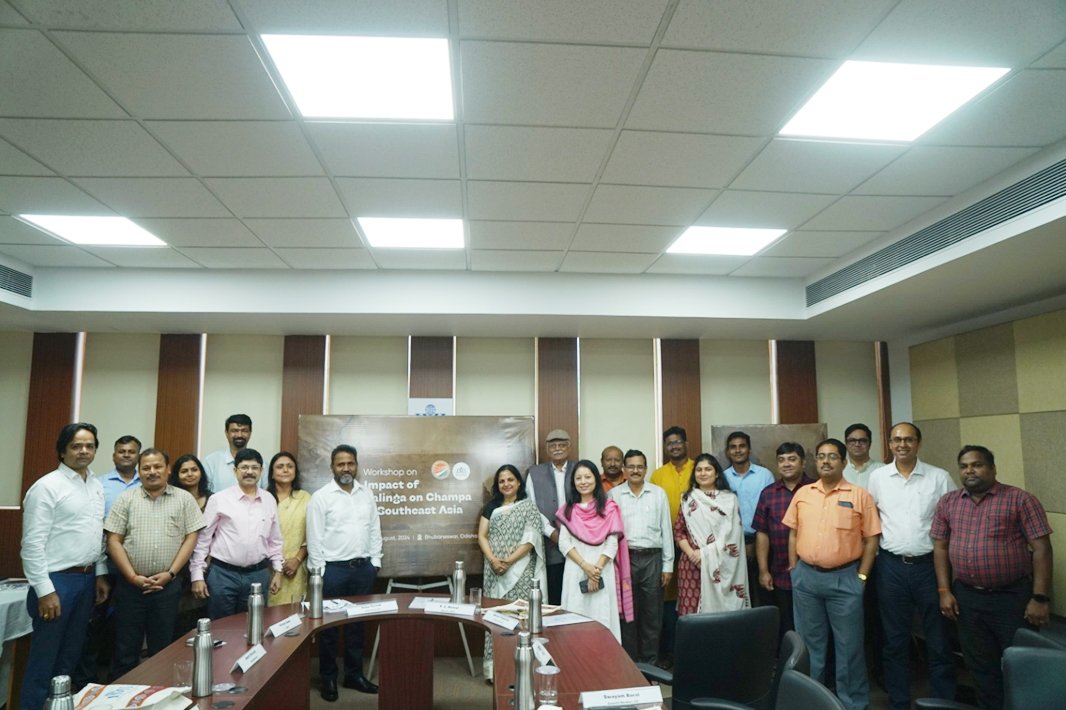Swadesh Singh:
Namaskar.Today, we will discuss the issues of social churning in our society. We have Professor Badri Narayan Ji with us, the Director of GB Pant Social Science Institute and a member of UGC and ICSSR. Professor Badri Narayan is a well-known scholar, intellectual, thinker, and author. He has especially written about marginalised society and has contributed in various ways to their empowerment. Welcome, Professor Badri Narayan Ji. Thank you for accepting our invitation. Let me begin by asking you about social churning, which we know is a continuous process that manifests in different ways. How do you see this social churning in our society on issues around caste census,reservation in the private sector, or reservations in the name of religion? So many things are going on in our society. Will this affect us negatively, or will something good emerge?
Badri Narayan:
First, I am very thankful to you and the India Foundation for inviting me to this discussion. You are right when you say that social churning is a continuous process. It is happening at two levels. At one level, it occurs within the society without any outside intervention. Within society means the nature of society is itself the society of churning. Any society can’t exist, continue, or sustain itself without churning because fixity is an enemy of any society. Society needs a continuum of development, of change or what we call ‘parivartan.’ But you know, sometimes agencies from the outside intervene to support activists and speed up the process. They facilitate the process because they learn, equip themselves with various kinds of knowledge, skills, different types of thinking and ideas, and try to intervene in the process of social churning, thus making it faster.The direction may be positive or negative.
Swadesh Singh:
Politics is an excellent instrument for social transformation, and for that, we need politics of social justice. For the last 70-75 years, we have seen different manifestations of social justice politics. How do you see the future of social justice politics and the kind of debate and discussion around social justice?
Badri Narayan:
That is a very good question, Swadesh. You know, in society, society itself creates its methods to distribute social justice. Even in our medieval, pre-colonial, and even ancient societies, we had a system of distributing social justice. But it may be unequal. People may have complained. When you become aware, you developand then say, “Oh! We are not getting this. We wanted to get this, but we couldn’t get this.” So now we are turning into a modern society. Everything is redefined in a contemporarymanner. Modern requirements are influenced by modernity. So, in this modernity, new harmonics of social justice emerged with the discussions raised by Ambedkar, Jyotiba Phule, and various social reformers.
Social reformers are also part of society, but they have evolved as an agency that can facilitate the process of change. The politics of social justice came to India in two ways. One is from this kind of agency, and the other is from the state because the state is committed to their social development. British colonial discourses of social justice also sustained these structures. So, we have two kinds of structures of social justice in India, which are part of the Constitution. One is coming from the British legacy of the arguments. Another is by social reformers like Babasaheb Ambedkar. These social justice politics evolved through various kinds of reservations and democratic dissemination of resources. So, the politics of social justice is relevant to society; it’s needed for society. But the politics of social justice is not fixed. It changes continuously. For example, social justice politics may benefit specific communities at specific times.
Swadesh Singh:
I understand there are two ways to ensure social justice, as you have also rightly mentioned in your book, ‘The Making of the Dalit Public in North India’. One is through social reformers like Swami Achuthanandan and how the people from marginalised communities interacted with the British families they worked for. The other is through state intervention, as pushed and ensured by Dr Ambedkar. In the last 70-75 years, this social justice has been ensured for many people.Now, what do we do for those who are at the margins of marginal society? How do we ensure social justice for them? What is the way forward?
Badri Narayan:
I am going to address your question. The British legacy, which, when I say it, also includes the ideas of social justice coming from the West. We have imbibed those ideas with our freedom. Because freedom in India is a kind of hybrid thing, it’s not fully Indian. Various types of ideology influenced it. So, when India became free, and the Constitution came with various factors such as positive discrimination, a community was already ready to benefit from that. That community was prepared because it had evolved with the British colonial Sahibs and British colonial class. They worked with them as subordinates and subaltern classes and were empowered. So, they became ready to take benefit of all these reservations and protective discrimination. And then they got the benefit of that for 60-70 years.
In that process, what we call a group emerged. They are working as a capillary hole, and they are sucking most of the benefits of the reservation for themselves. They are not distributing to their community, and Babasaheb Ambedkar was also critical about that. He was very angry with the Dalit middle class because they were not paying back to their brothers. So, in Uttar Pradesh, you see, we have 66 Dalit communities; in Andhra Pradesh, 55 Dalit communities;and Maharashtra, more than 40 Dalit communities. But if you ask anyone how many Dalit communities you know in Uttar Pradesh, they may mention a few, and in Telangana, they may mention Mala, Madiga, Mahama, or Chamhar. They don’t know much because these communities have not acquired visibility since you need education; you need political value, which comes through numbers.
You need your community leaders.You know your opinion-maker community; this community lacks those kinds of things. So, they need to catch up in taking the interest of the profit of the social justice. Social justice is an ethical domain, so a moral requirement of social justice should be met because they have yet to acquire the capability to compete with this. When one brother takes the benefits, we cannot leave the others behind. Thestate has a responsibility to distribute social justice to them andbring social justice to them. For that, what you can do is the kind of Supreme Court’s recent verdict, which is a very transformative justice verdict. So, in my view, social justice opportunities may be distributed equally, but it is not possible that at one time you can distribute among all. So, you have to do it phase-wise.
Suppose that a few communities become developed, but others are left out. Then, you have to reach out to them. After the other 10, you have to reach another 10, then another ten because they have to acquire the capacity to take. Even if you take the reservation opportunity to them, they are not able to take that because they are not an educated class; they do not have a community that can aspire for that. So, you have to prepare them to take the benefit of this. It is a two-way process: take social justice opportunities to them and prepare them to take benefit. They are a vulnerable class, and you must be very protective of them. It’s a very sensitive process. But here is what we will do: the community, which says it has a huge number, will leave this amount for us, and we will do it ourselves. They are getting all the benefits and are not sensitive towards their community brothers to whom this opportunity may be distributed.
Swadesh Singh:
Reservation is an instrument of social transformation. However, the argument from the dominant, marginalised communities is that though they are getting benefits of reservation in offices and academic institutions where they have entered, they still feel some untouchability. I agree with you that there should be social churning among marginal communities, but what is the way forward? Because there are arguments from dominant communities that they still face that kind of discrimination. So, where is the space to resolve this? That is a big question for the present and also for the future. Issues will continue to arise for reservations in the private sector, imposing a SC creamy layer or increasing reservations by more than 50%.
Badri Narayan:
It would be best if you changed society to resolve the feeling of untouchability at various levels. You have to do a lot of social reform activities and give them dignity. Secondly, this community that feels untouchability, even though they are IAS or IPS officers—they will have to be adopted slowly. This entire discourse of modernity, because modernity in that way creates a condition in which you are progressing on that line, but you know, in that process, it’s fine that we are worried about them. They should feel accommodated, not excluded. But they also have to think about others. And we also have to think about others, their brothers who are left behind. We are just thinking about visible people because they are coming and knocking on our door. Look, we are here.
Swadesh Singh:
You stated that social justice should be achieved at two levels: with the help of social reformers and through the state. We have seen that India has been a land of social reformers like Buddha, Ambedkar, Gandhi, and Hedgewar. We have seen these kinds of social reformers in society. But now, the whole responsibility is on the state only. Is that creating problems?
Badri Narayan:
Yes, that creates problems because we expect the state to do everything. The state will give reservation; the state will reduce untouchability; the state will reduce atrocities. But the state has its limitations. A state is not present everywhere. The state is present through policies but not through police or legal means. In that domain, society is more critical for affecting change as Babasaheb did in his own time, in politics and social politics. Social politics refers to the kind of social reform agencies, and also one way we have to involve social service agencies like RSS is by doing work. Like various kinds of other organisations, those who are strengthening society to resolve this kind of thing. There is another way that you turn entire politics into social politics, as PM Modi suggested many times, and that now, this politics is not only politics of the state. This politics is for social politics. So, we have to turn the politics in a social mode. This means you have to link social issues with politics as Gandhi did. Gandhi, in his national movement struggles, coopted themes on resolutions against untouchability, reduction of untouchability, and widow remarriage. He weaved various more significant social questions with his politics. So now we have to turn our politics towards Delhi, the throne of the power to society, where issues lie, and we have to link our politics through them. For example, we should review the work of Members of Parliament at the social level, whether the MP has tried to change society by organising discourses, meetings, etc, through various social agencies. The MP has to emerge as a social agency more than a political one.
Swadesh Singh:
There is so much expectation from the state, whether caste or any other identity like religion. We now see demands for religion-based reservations in many non-BJP-ruled states. This issue also came up during election time. How do you see religion-based reservations, and how would that impact us?
Badri Narayan:
The basis of reservation, as described in our Constitution, is inequality, suffering based on untouchability or caste,and historical deprivation. In that framework, religion has no base because every religion has an elite and a subaltern.So you cannot give reservations to the entire religion. You can provide reservations to the subaltern or those who are the deprived of that religion, and I think our Constitution is doing that because, in reservation patterns, there are castes from different religions also, and they get reservations. So, I think if you distribute reservation through religion through various kinds of other primordial identities than caste, it will dilute the purpose of the reservation.Reservationsare transitory and will not always continue. So, you have to resolve the issue on a case-to-case basis. First, you have to resolve the issue of deprivation caused by the caste system. When this is resolved, society will move towards an equal society. Then there will be no need for any reservation. Religion-based reservation may not be a good idea because it will dilute the mission of reservation in India.
Swadesh Singh:
Minority politics and minority appeasement politics have developed in the last 30-40 years. In response, the majority community has mobilised. How do you see the future of this majority-minority politics? In a secular modern state, should we have this kind of debate when we have so many other issues to deal with?
Badri Narayan:
See, today or tomorrow, we have to become a secular society, and to become a secular society, we need to eradicate all kinds of categories based on religion: majority religion, minority religion, majority public, and minority public. That will make us a secular society. To become an equal society, wemust abolish all kinds of versus’—majority versus minority, this versus that and so on. On the one hand, we are aspiring to become equal. On the other hand, we are creating various kinds of versus’. So, we must come out from the multipletypes of majority-minority versus’ and different kinds of even caste versus’, upper caste, and lower caste. Wemust come out from that as Babasaheb Ambedkar also aspired for that. The Buddha aspired for that. One day, we have to become the drop of the ocean. You are a drop, but you have to become the ocean. So that’s the aim of the society. That’s the goal of the society. We must move in that direction, not preserving versus’, making it contesting and conflictual. One versus another, based on caste, religion, sub-religion, etc. I think this will fragment society.
Swadesh Singh:
Another identity where great social churning occurs is women, who also need transformation and empowerment. We have seen that we have moved from women’s development to women empowerment to women-led development. The current government led by Prime Minister Modi has also done a lot for different sections of females, whether it’s a girl child, an uneducated girl child living in the village, or any marginalised section of women residing in any slum or working-class women. The current government has also ensured reservations for women in Parliament. How do you see gender justice taking shape in the coming times?
Badri Narayan:
This is the age that PM Modi leads—the age of aspiration. But this is also the age of ‘Samahar’. So, in the age of development, this is the neoliberal age of development. In this phase, these various kinds of identity should ideally submerge in one. That’s the aspiration. But identity never dies; it will be with us. It will dilute, again it will come, again it will die, again it will come. So, ups and downs will take place. So, women as a gender and as an identity is a good way of Indian governance, and they have given shares based on women as a category and caste as a category.
In the future, the way PM Modi has tried to nurture politics and women’s reservations will produce many women leaders at the grassroots level, provide them with a share in the power, and strengthen them. But what is the strengthening of women for? It is not for making a society where we pit male versus female. It should be a ‘Samahar’ Samaj of the ‘Samahar,’ in that empowered women will live with the empowered male. Both have dignity,so the government is working towards women-led development and giving them a share, which will undoubtedly empower them. Now, you can see women everywhere; you can find women in any office. Earlier, 10 to 20 years ago, there were very few women in public spaces and offices. Now, we can find women everywhere. Slowly, this process is getting faster, and the government is taking itforward in the right way. But society has to think that it’s not only the duty of a state to provide them witha share and dignity. So, we must make society aware ofhuman dignity because even when the government is doing everything,we see what happened in Calcutta. It means society is not responding to the call the state is giving. So, we have to think about recorrecting our society, correcting our society.
Swadesh Singh:
Social churning occurs at the level of caste, religion and gender. In this background, how do you see the possibility of a common Civil Code in our country in a modern secular state?Can we continue to run the affairs of the state with different laws for different sections of society? How should we go forward in the direction of a Uniform Civil Code?
Badri Narayan:
If we are to have a secular society, we have to come out from religion-based specific legal procedures or legal provisions. We have to make a secular Civil Code which applies to all. In any society, we can give them positive discrimination at different levels, such as social and policy support. But for religion, as we are living in a secular society, we need a kind of uniformity. So, we must make a Uniform Civil Code, which PM Modi called a secular civil code. That is an excellent term; we should use it in our discourses. So, to make a secular society, we must have a Secular Civil Code. Without a Secular Civil Code, how can we have a secular society? Otherwise, we are dodging the people. On one hand,some people talk about having a secular society. On the other hand, they oppose the laws that can lead to society becoming secular.
Swadesh Singh:
Sir, you are a social scientist, author, columnist and public intellectual. But we also know that you are a great poet of our time, and recently,you have received an award from the Sahitya Akademi.Poets are generally very sensitive about their surroundings; you are both a poet and a social scientist. How do you perceive the social churning or the social problems of our times as a poet, and how do you translate that into your social scientist thing?
Badri Narayan:
This question is very close to my heart, and you have raised it. I used to say that if I had not become a poet, it would have been impossible for me to become a social scientist like this. I am that social scientist because I see society as an emotion, an aspiration, a society of desires. Today, I talked with students in a workshop, and now we are talking about an aspirational society. However, 6-10 years ago, this term was not used in governance. Aspiration was not part of our discourse because social science, which comes from positivism, always tries to stop us from thinking in terms of aspiration, emotion, feelings, and all. Now, the government has also started thinking in that direction, and these devices, as a social scientist, I get from poetry because I used to write social science, the social science of emotion, the social science of aspiration, the social science of desires of the public. After all, social science is not only about understanding the structure of society but also about the feelings and emotions of society, and that is what I get from poetry. So, poetry has helped me become a different social scientist.
Swadesh Singh:
You have discussed the politics of aspiration and many other issues in detail. These will help us find a solution to our society’s social churning and better understand the social problems of our time. Thank you very much, Badri Narayan Ji, for joining us in this conversation.
Badri Narayan:
Thank you, Swadesh, for this conversation. Thank you so much, and thank you, India Foundation, for providing me with this opportunity.
Brief Bios:
- Badri Narayan Tiwari is a Social Historian and Cultural Anthropologist and currently Director and Professor at the G.B. Pant Social Science Institute, Allahabad. His wide-ranging interests cover culture, memory and politics, contemporary histories, Ethnography of marginalized politics, social and anthropological history, Dalit and subaltern issues and Identity formation and the question of power. He has been a fellow at the Indian Institute of Advanced Study, Shimla (1998-99), and Visiting Fellow at the International Institute of Asian Studies, University of Leiden, The Netherlands (2002) and HGIS Fellow at the Royal Tropical Institute, Amsterdam (2001). He was a recipient of the Fulbright Senior Fellowship (September 2005-April 2006) and the Smuts Fellowship, University of Cambridge (February 2007 – October 2007).
- Swadesh Singh is an author, columnist, teacher and activist. He holds a PhD degree from Jawaharlal Nehru University, New Delhi and PG Diploma in Mass Communications from Indian Institute of Mass Communication (IIMC), New Delhi. He has 4 books to his credits – ‘Modian Consensus, The Rediscovery of Bharat’, ‘Ayodhya Ram Mandir, Bharat’s Quest for Ram-Rajya’, ‘Aatmanribharta: Revisiting the Idea and Practices’, and ‘Electoral Reforms: Ushering a Just Political Regime’. Dr. Swadesh Singh runs an academic forum named ‘Academics For Nation’. He teaches Political Science at Satyawati College, University of Delhi.


